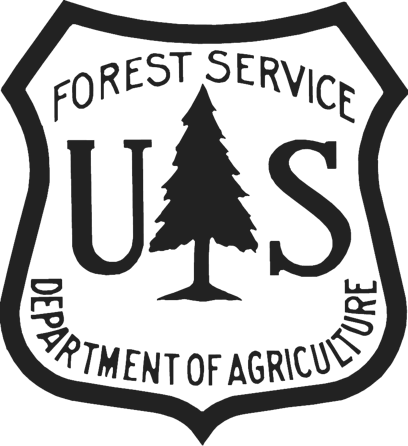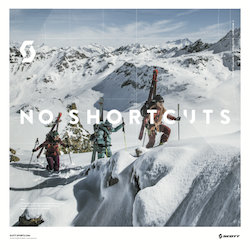Haven't toured the Wasatch in 10 days, so in many ways felt like new to me. The W/NW aspect of Main Gobblers had a pencil-hard wind slab 5-10 cms thick underneath the Wednesday night storm snow, but quick stability tests showed the slab wasn't sensitive and we could only produce at best cracking right around our skis. Hand pits underneath the slab did show some weaker faceted snow, so not a good combination. But where we were traveling and skiing the recent wind slab wasn't enough of a load to cause concern.
New snow is very light density and bonded poorly to the variety of crusts underneath. It was very easy to get sluffs to move on the old wind and sun crusts, as well as weaker faceted snow that was preserved on sheltered northerly aspects prior to the Wednesday night storm. We did see some evidence of class 1 natural sluffs on steeper slopes on a variety of aspects. Despite the cool temps, I would imagine the light density snow would be very sensitive to any direct sun.
Overall would call it a mostly Moderate danger with hazards being
- sluffing in the new snow
- wind slabs now sitting underneath the new storm snow
The wind slabs don't seem to have any energy right now, but before jumping on any steep slope that may have been wind loaded I would do some evaluation and (1) look for weak snow underneath the slab, (2) check the thickness as well as (3) any stored elastic energy (i.e. its sensitivity and capacity to propagate a fracture.)



